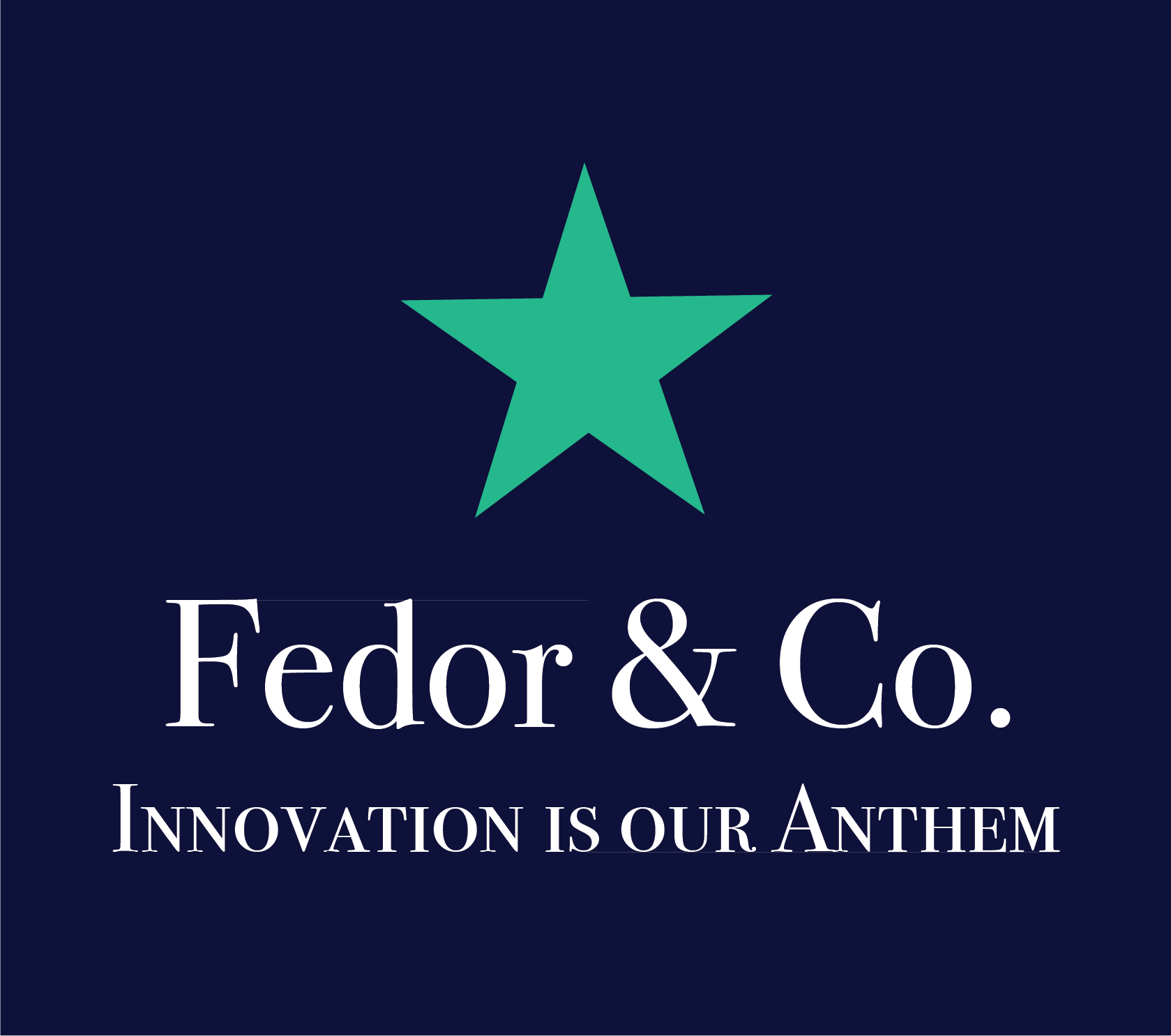For nonprofits, expanding their major donor and grassroots donor programs is essential to fulfilling their mission and ensuring long-term sustainability. While traditional fundraising methods will play a pivotal role, incorporating the latest advancements in AI technology can offer powerful new ways to engage donors, enhance employee efficiency, and increase contributions by existing as well as new donors. By blending tried-and-true techniques with cutting-edge AI software, nonprofits can enhance their outreach, improve donor retention, and maximize the impact of their mission.
Let’s explore key strategies for expanding both major and small donor programs, drawing on proven fundraising methods as well as the latest AI-driven tools.
Understanding the Difference Between Major and Grassroots Donors
Before diving into specific techniques, it’s essential to understand the difference between major and grassroots donors, as they each require different approaches. Major donors contribute large sums to an organization, often having a personal connection to its mission as well as the staff or board members. They are often compelled to give after a strong ask from a person, often face-to-face.
Grassroots donors is a far better term for the increasingly antiquated term small donors. Grassroots donors tend to give a one-time gift or recurring donation at a personally meaningful level. That level is often part of their monthly or quarterly budget for charity, philanthropy, or political giving. Grassroots donors love to see their support contributing in real time to meet or exceed a goal. They are very likely to give their donation online or electronically, and there is strength in numbers when you focus on $5, $10, and $50 donations from hundreds or thousands of donors at the same time.
Major donor programs usually involve more personalized engagement and stewardship, whereas grassroots donor programs can rely on broader outreach strategies. By expanding both groups in tandem, organizations can create a more diverse and stable funding base, allowing them to pursue their mission with greater stability and reach.
Traditional Techniques for Expanding Major Donor Programs
Major donors are critical to an organization’s success, often providing the capital necessary for larger initiatives or projects. Here are several traditional techniques that have proven effective for expanding major donor programs:
1. Build Strong Relationships
Fundraising is built on relationships, especially when it comes to major donors. Personal connections, consistent communication, and meaningful engagements are key. Please make sure your major donors feel like valued partners by inviting them to exclusive events, offering regular updates on the impact of their contributions, and keeping the lines of communication open. Thanking them personally and providing insight into how their donations make a difference is crucial for long-term commitment and ongoing giving. There are many phases to relationship building, and securing the gift is not the end point; it is actually the midpoint in the continual maturation of a donor relationship.
2. Leverage Peer-to-Peer Connections
Word of mouth is a powerful tool in major donor fundraising. Engage existing major donors to make introductions to their networks. Encourage them to host intimate gatherings where they can introduce your organization’s mission to potential major donors. These small, personal events can yield significant results, as people are more likely to contribute when introduced by someone they trust.
3. Offer Tailored Giving Opportunities
Provide major donors with tailored giving options that align with their personal values and interests. This could be funding a specific project or initiative within the organization that resonates with them. Personalized opportunities allow donors to feel a deeper connection to the mission and a sense of ownership over the outcomes.
Traditional Techniques for Expanding Grassroots Donor Programs
While major donors provide large sums, grassroots donor programs often create consistent revenue streams, allowing organizations to cover ongoing operational costs. Here are some traditional approaches to expanding grassroots donor programs:
1. Create Engaging Campaigns
Grassroots donors respond well to emotional and impactful storytelling. Highlight the direct impact of small donations and show how even a modest contribution can make a big difference. Campaigns that focus on clear, specific needs (e.g., “$10 feeds a family for a week”) often inspire grassroots donors to give. Use social media, email campaigns, and well-designed and timed direct mail to spread your message widely.
2. Encourage Recurring Giving
Promoting monthly or quarterly giving options helps create predictable revenue and increases the lifetime value of grassroots donors. Offering a simple, user-friendly platform makes it easy for donors to set up recurring donations. Highlight the benefits of recurring giving, such as the ability to provide sustained support and receive exclusive updates or benefits.
3. Thank Donors Publicly
Acknowledging grassroots donors publicly, whether through social media shout-outs or inclusion in a donor newsletter, makes them feel appreciated and part of a larger community. Recognition goes a long way in fostering a loyal donor base. Create a culture of appreciation to keep grassroots donors engaged.
The Role of AI in Expanding Donor Programs
AI and data-driven technologies are revolutionizing fundraising. By using AI programs and software, organizations can streamline processes, predict donor behavior, and create personalized engagement strategies.
1. AI for Donor Segmentation and Predictive Analytics
AI-driven donor segmentation allows organizations to categorize donors more effectively, targeting specific groups with customized messaging. Predictive analytics can help identify which donors are most likely to donate, when they’re likely to give, and at what level. This enables fundraisers to focus their efforts on high-potential prospects, increasing the likelihood of success as well as higher engagement rates.
My positive experience have been with tools such as GiveButter, DonorSearch, and Bloomerang to name names.
2. AI-Enhanced Donor Communication
AI-powered chatbots and email tools can enhance donor engagement by providing personalized responses and tailored outreach to hundreds if not thousands of donors on your list. Chatbots can handle routine questions and direct potential donors to relevant information, freeing up time for fundraisers to focus on more personalized interactions with high-potential donors. AI-powered email platforms can analyze donor data to optimize email subject lines, sending times, and even content to improve open rates, click-thru rates, and responses.
There are more AI chatbots on the market today than you can shake a stick at. OpenAI allows you to use their large language model (for a price) to program and train your own chatbot or you can work with a slew of successful companies large and small to find a solution right for you.
The key in the fundraising world is to not overpay or overoutfit. By that I mean when you’re running a nonprofit where the budget is less than $1 M per year, find the right size tool to handle the number of records and queries you’ll realistically handle. Base your search on the present and near future and avoid overpaying for solutions that the Fortune 500 for-profit corporations can afford to pay without thinking twice about making payroll next month.
3. AI for Wealth Screening
There is an ever-increasing number of quality CRMs on the market that use AI to assist in wealth screening. These platforms aim to identify individuals with the potential to become major donors by using algorithms to analyze public records, social media, and other data. This helps organizations focus their efforts on donors with the financial capacity and interest in making larger contributions. With AI, nonprofits can enhance their prospecting process, ensuring they target the right people at the right time.
Merging Traditional Techniques with AI for Maximum Impact
By combining traditional fundraising methods with AI-driven tools and strategies, organizations can create a more robust, efficient, and effective fundraising operation. Here’s how you can integrate the two:
- Use AI to identify potential major donors, then apply traditional relationship-building techniques (calls, coffees, and conversations) to convert them into committed supporters.
- Employ AI-powered tools to segment your small donor list and create targeted campaigns based on giving history and engagement data.
- Utilize predictive analytics to determine the best times to engage major and small donors, optimizing outreach for maximum impact.
- Test, test, and test your lists some more. Find out what stories and links your donors want to read more about and find someone smart on your team to collect that data automatically. Over the long term, increase engagement and activation among your donors by talking with them about topics and elements of your mission that they get really excited about.
Conclusion
Organizations seeking to expand their major and grassroots donor programs must embrace a multi-faceted approach, combining the time-tested methods of relationship-building and donor engagement with the latest AI technology. By harnessing the power of both, organizations can enhance their fundraising efforts, deepen donor relationships, and ultimately fulfill their mission more effectively.
With the right mix of personal connections and data-driven insights, organizations can grow their donor base and create more sustainable financial foundations to achieve their missions. At the end of the data, mission achievement day after day is what all the strong fundraising is designed to deliver.

